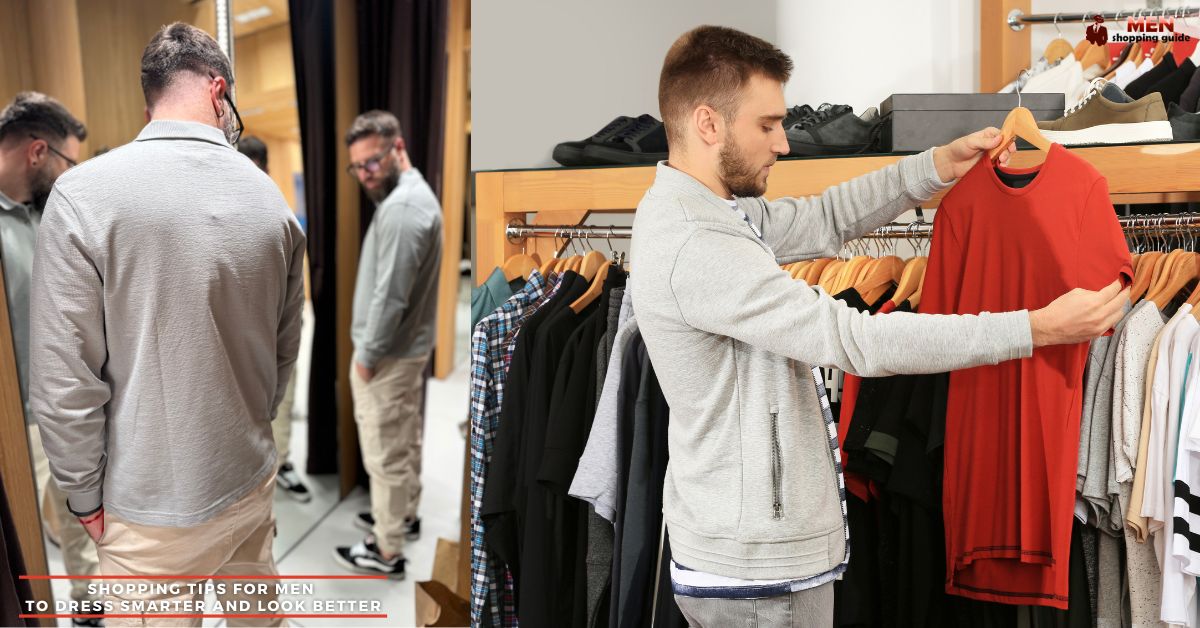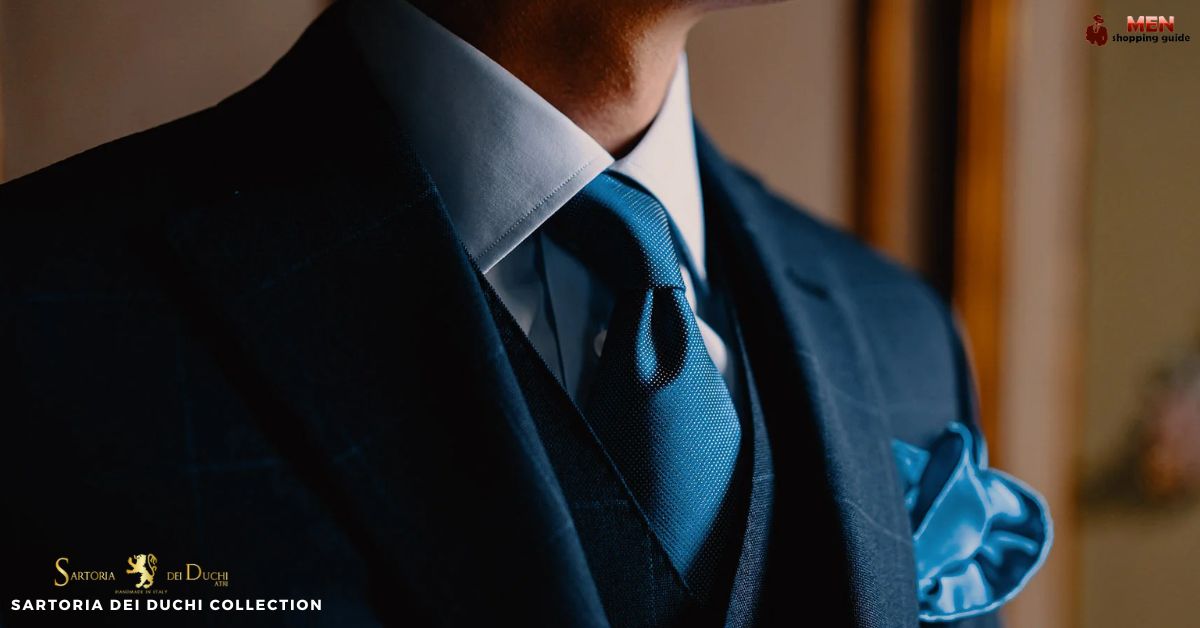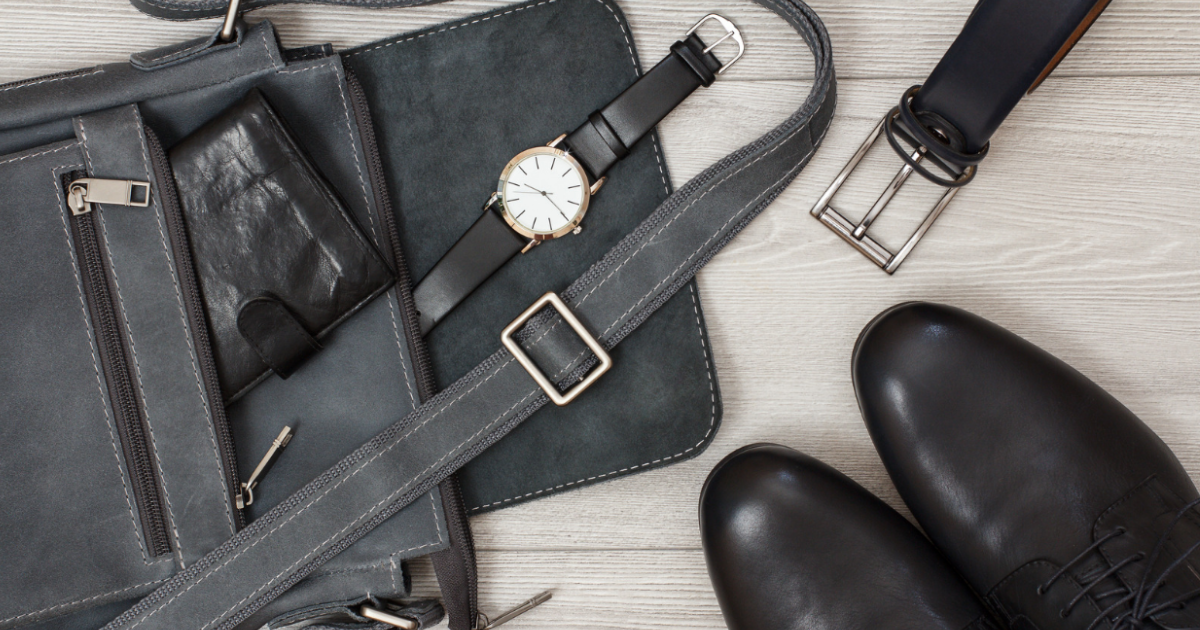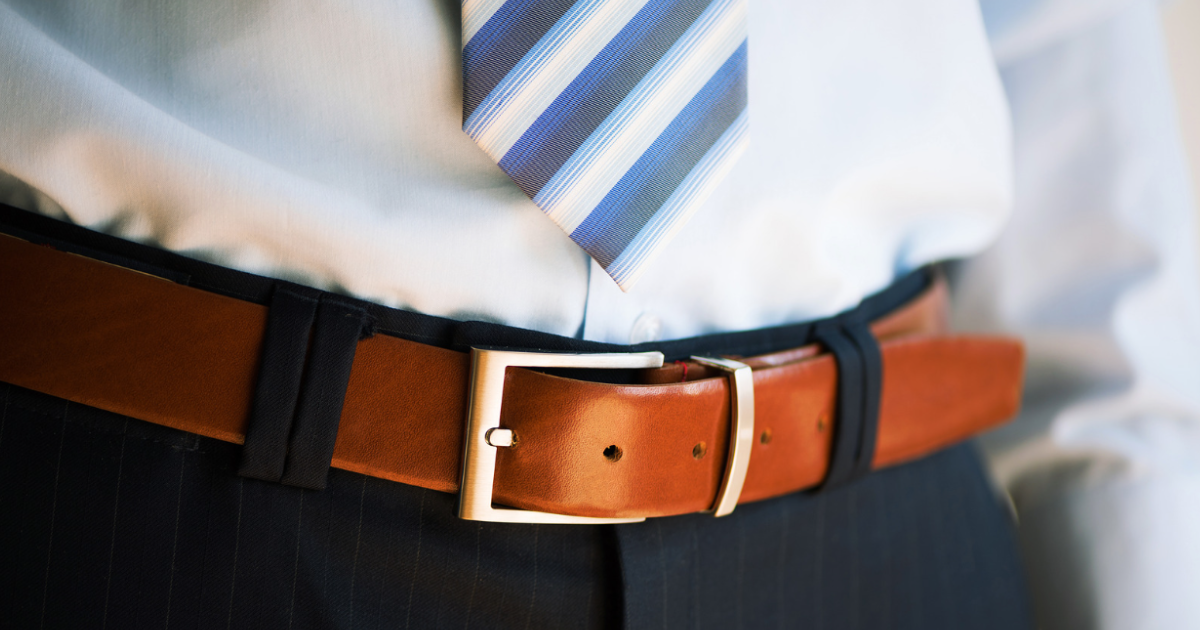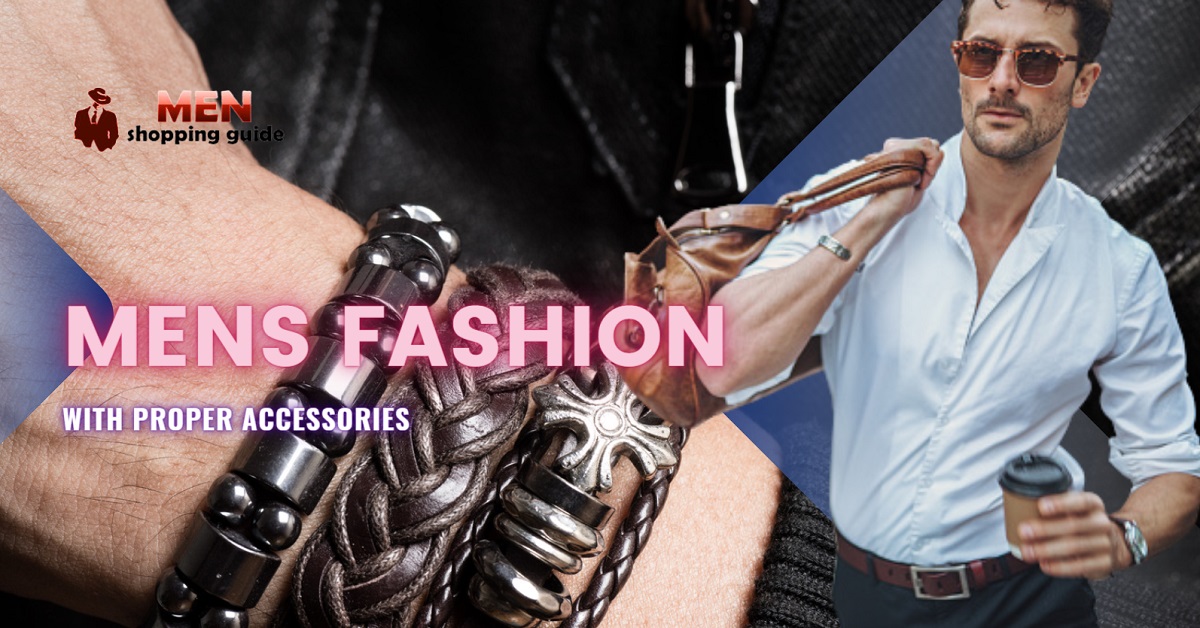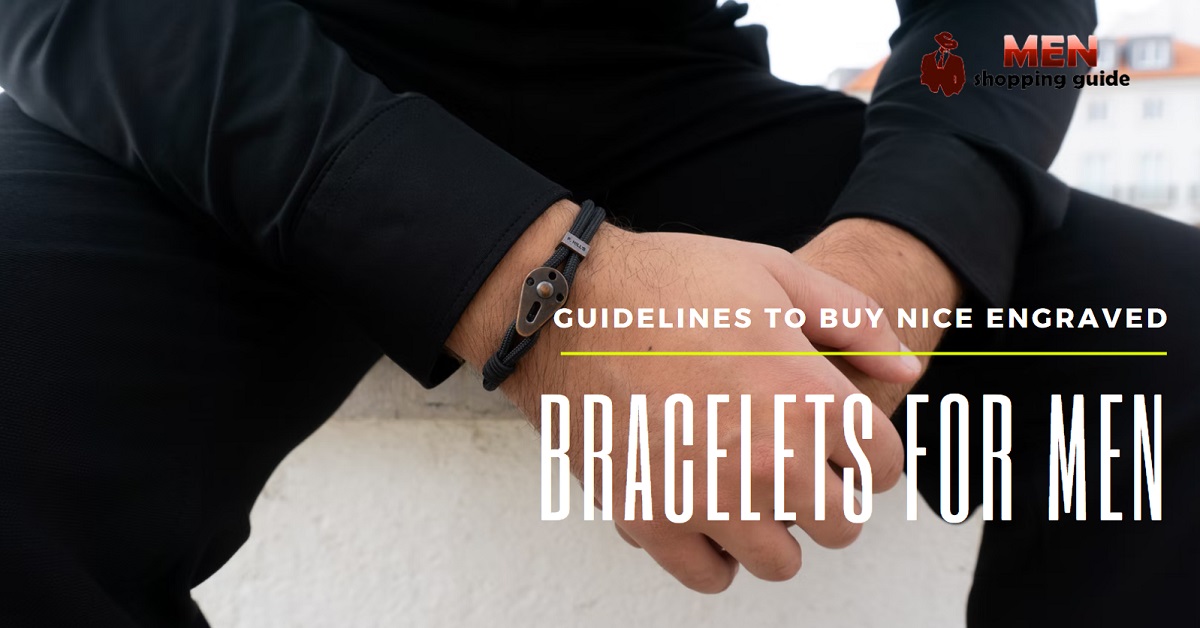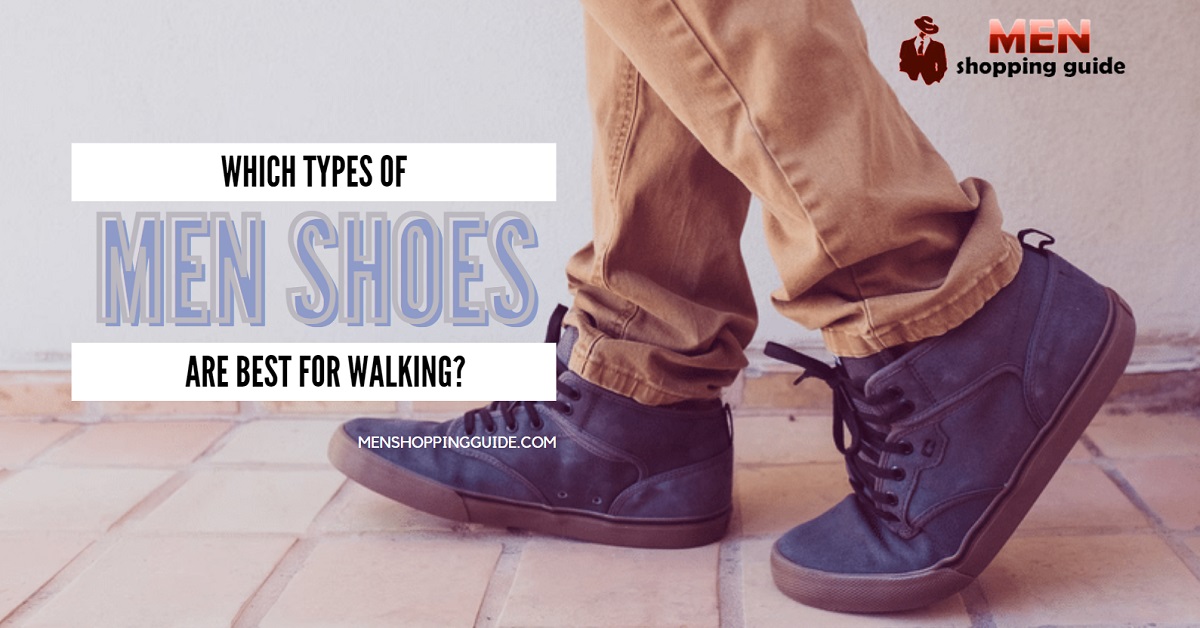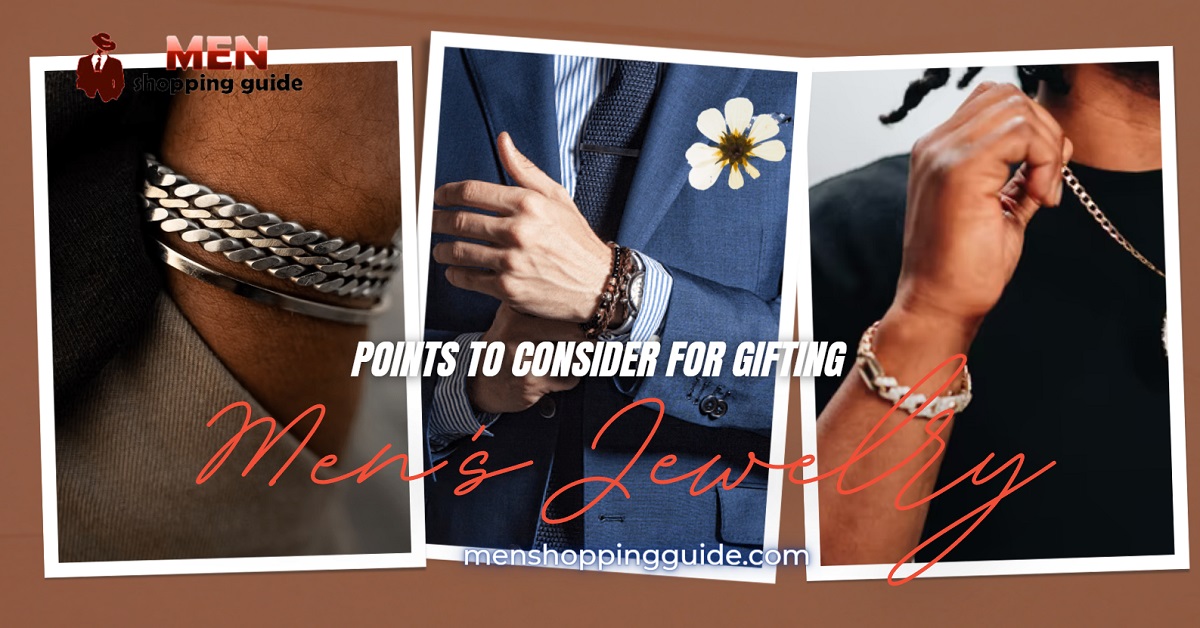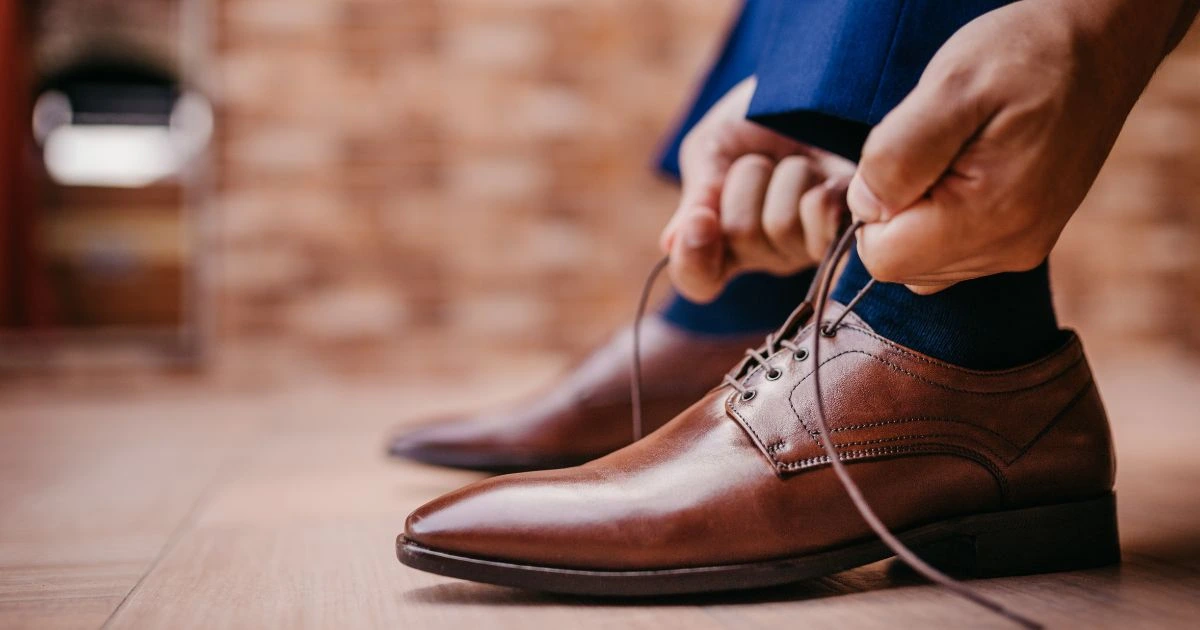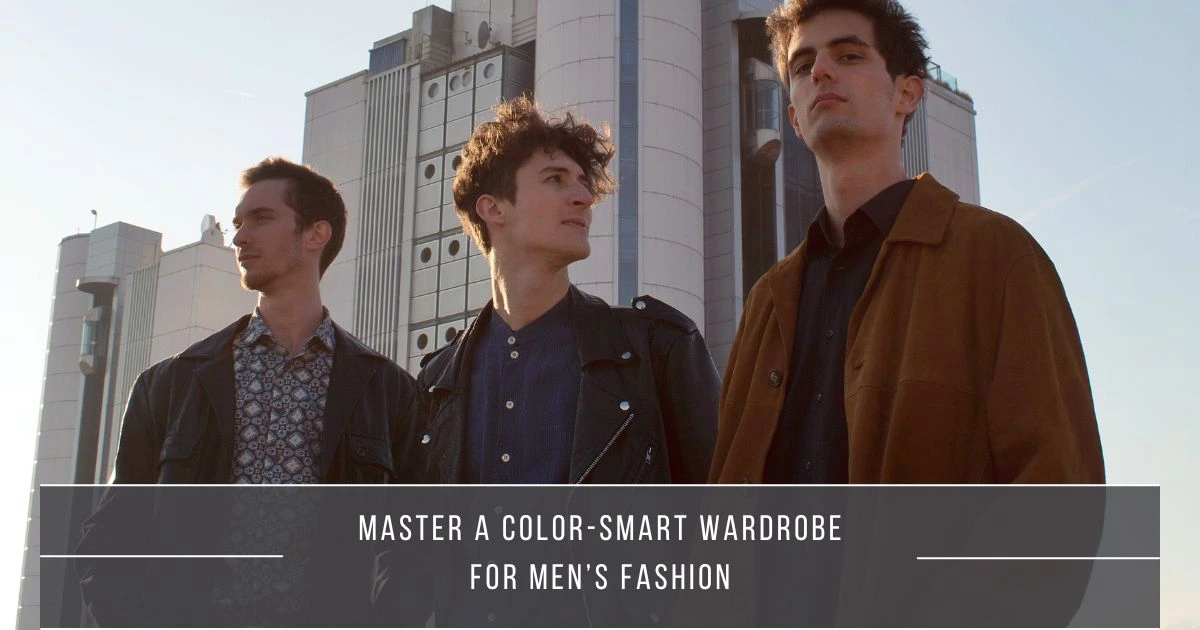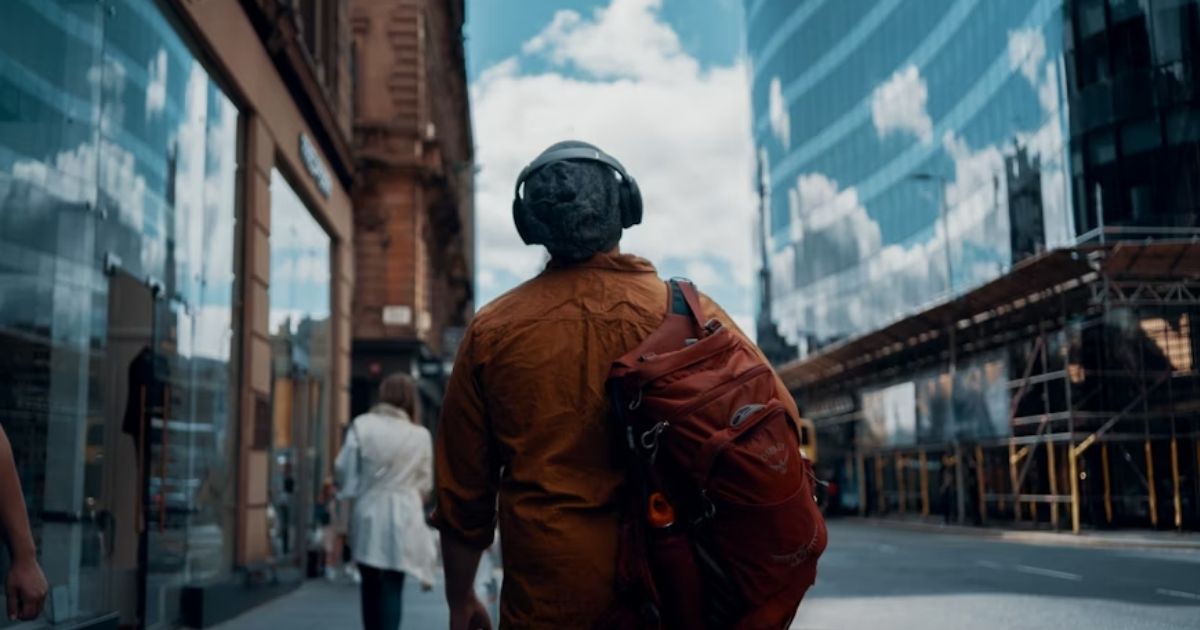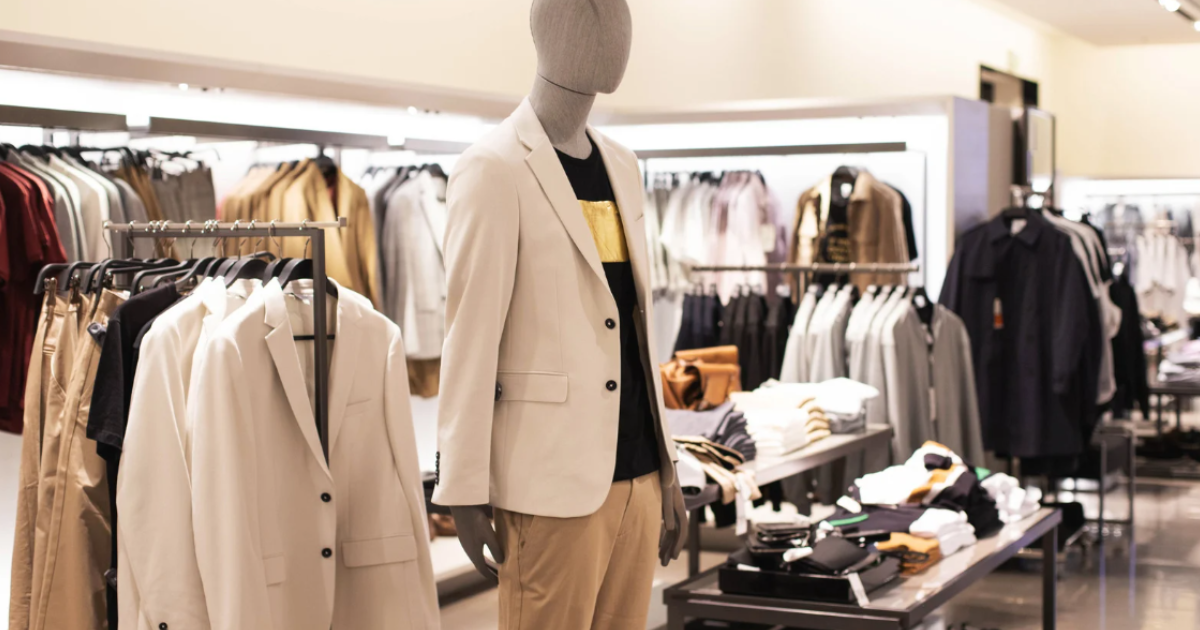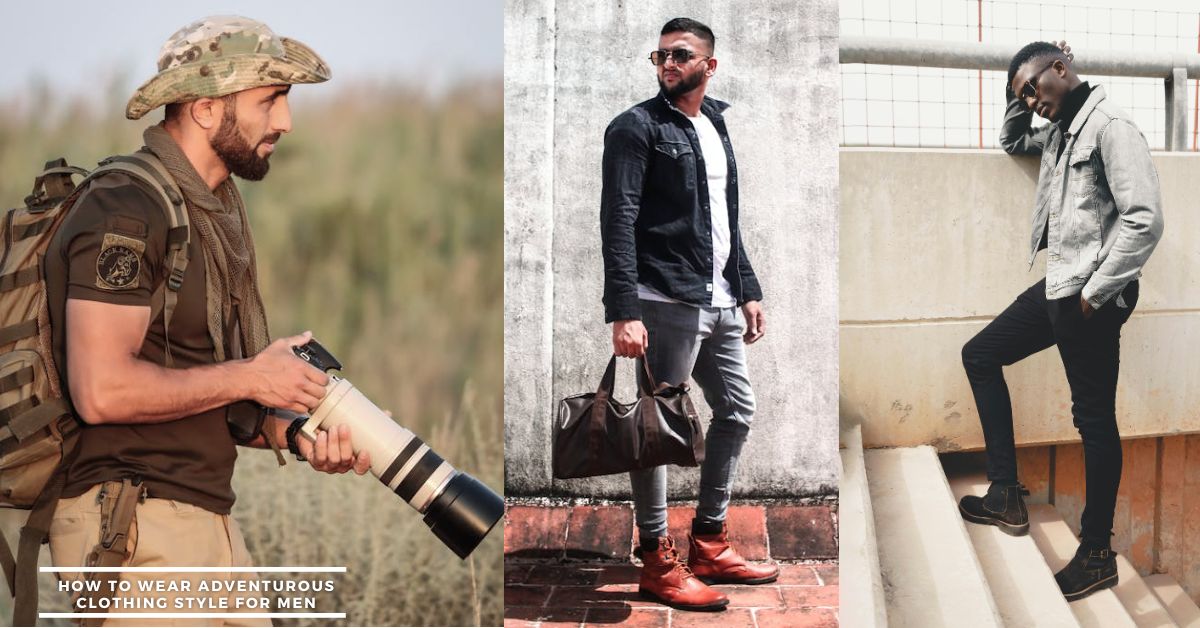 Whether it’s looking sharp for a company meeting, looking presentable for a job interview, or even to charm your way through an evening party, a bespoke suit is a prerequisite to looking good. It is the basic building block of menswear that can accentuate your look like nothing else. But how do you decide which suit works best for you? Let me take this opportunity to impart some knowledge that will simplify these choices for you and keep you looking at your sartorial best.
Whether it’s looking sharp for a company meeting, looking presentable for a job interview, or even to charm your way through an evening party, a bespoke suit is a prerequisite to looking good. It is the basic building block of menswear that can accentuate your look like nothing else. But how do you decide which suit works best for you? Let me take this opportunity to impart some knowledge that will simplify these choices for you and keep you looking at your sartorial best.
For starters, while every designer has their own set of aesthetics, including mixing different suit features into one design, there remain essentially three types of suit cut; American, British and Italian. However, French cut suits have also rehcvsuit, I personally prefer the British cut to the rest because it’s a true gentleman’s form, giving you just the right amount of oomph. So first let’s go back to the Mecca of bespoke men’s tailoring in a street called Savile Row in Mayfair, London that was traditionally occupied by the members of the British aristocracy.
A British suit is popularly known for one thing; its classic drape style. They have single or double-breasted coats with tapered shoulders and higher armholes. It has a well-structured jacket consisting of two side vents, lower gorge lines and thick shoulder padding. Their trousers generally are high-waisted with two to three pleats but are better fitting than an American pair of trousers, giving you a contoured look. This suit cut tends to be sympathetic towards all body types except heavy set men. It helps you play up on your body positives and take the edge off your negatives with aplomb.
Moving on to my second favorite, the Italian cut – the lightest & most sartorially progressive of them all. Italians have a V-shape giacca (or the jacket) with short and sleek cut silhouettes, flapless pockets and two side vents that snug to your body. They prefer lighter fabrics, higher gorge lines and high risen lapel notches as compared to their British counterparts. With tapered waist pants that fit tight to the hips, their pants have either half or no break giving you a smooth and sleek look. I’d say it’s THE suit for the dandy man with an athletic/slim build that will ensure the appreciation of every eye in the room.
Then we have the American suit, a popular style of the early 19th century. It’s a single-breasted jacket with straight silhouette and no shoulder padding. They come with a single vent, flap pockets and low armholes. Their pants are full cut with no pleats. With a loose fit and a more voluminous look, it’s the least stylish cut, which works best on a big, wider build. But let me tell you, this cut is an absolute godsend when you need to spend numerous hours in it – think of those long days of work and travel.
On the other hand, French tailored suits are tight fitting similar to the Italian cut, which snug to your body. The French also largely wear double-breasted waistcoats and full-length trousers.
Nevertheless, French suits are famously known for their cran parisien (Parisian lapel notch) which till date neither the British nor the Americans nor the Italians have been able to perfect. As per the French standards, mostly slim men can pull off their suit cuts because apparently even a slim fit shirt in the UK is too roomy for les Francais.
To conclude, it’s always safer to invest a bit more in a bespoke tailored suit instead of buying it off the rack. A suit cut is not what matters but how a suit is tailored is the only thing that makes a world of difference when you wear it. Tailor and Taper because trust me, just the right tailoring can make a $200 suit look like a $2000 suit.

